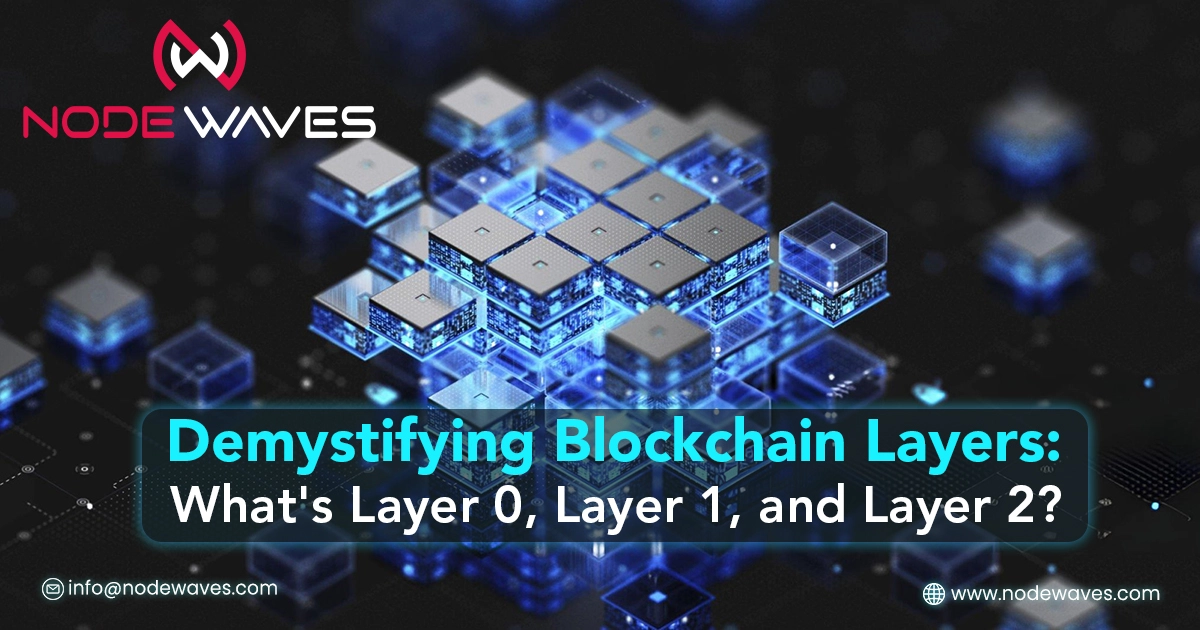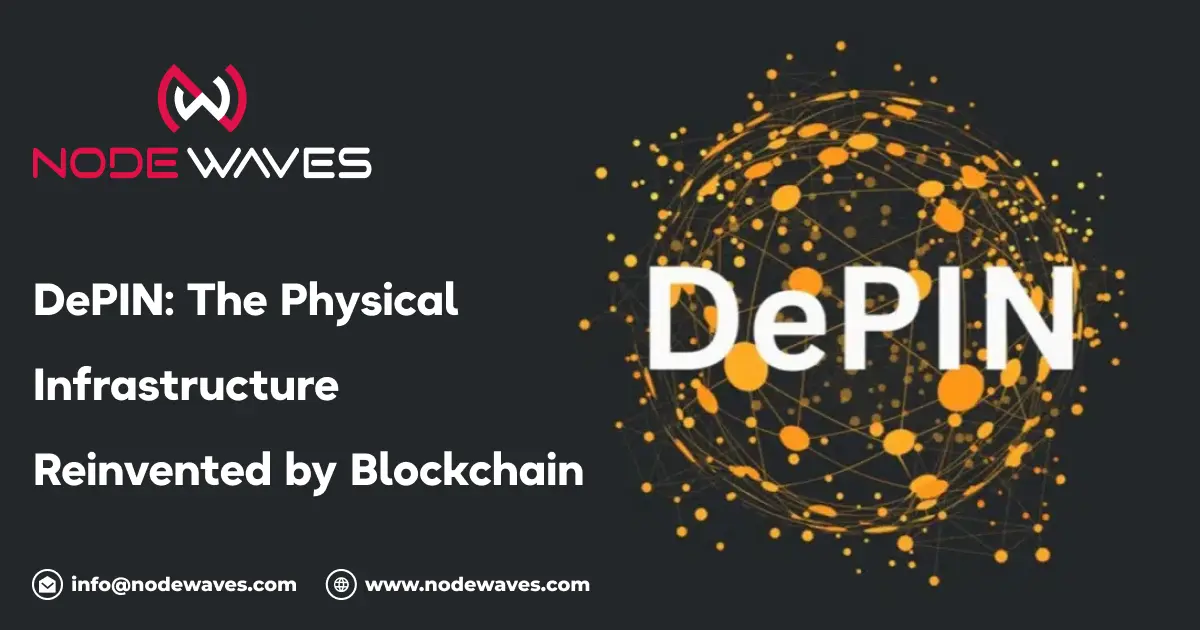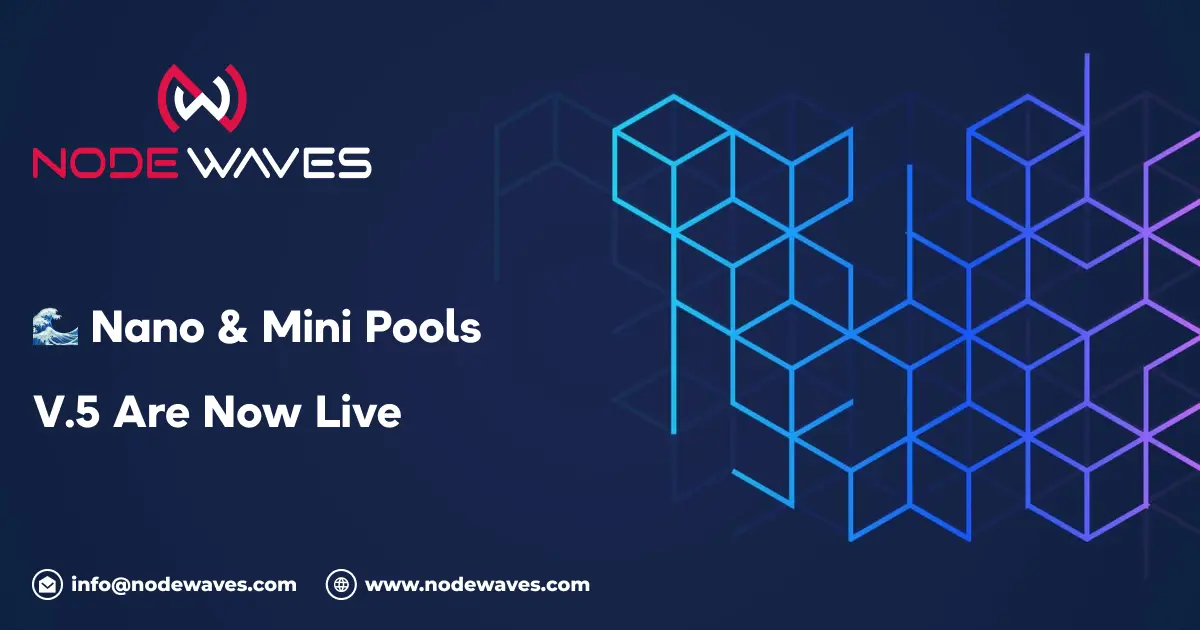Demystifying Blockchain Layers: What's Layer 0, Layer 1, and Layer 2?
Blockchain technology has come a long way since Bitcoin first hit the scene in 2009. Among its many breakthroughs, understanding the concepts of "Layer 0," "Layer 1," and "Layer 2" blockchains is essential. These terms describe different levels of the blockchain structure. Let’s break down what each one means and why they matter.
What Is a Blockchain?
Before diving into the layers, let’s quickly recap what a blockchain is. At its core, a blockchain is a digital ledger or distributed database shared among a network's nodes. It stores information in blocks linked together, making it nearly impossible to alter past data. This setup eliminates the need for intermediaries, as participants can interact directly.
Smart contracts are programs stored on the blockchain that execute when specific conditions are met. This feature makes blockchains highly programmable and useful for more than just storing data.
Where It All Begins
The terms Layer 1 and Layer 2 are frequently mentioned, each with a dual meaning. When someone talks about Layer 1, they could be referring to:
- A Layer 1 base blockchain like Bitcoin, Ethereum, Solana, or Cardano.
- A Layer 1 scaling solution.
In the first sense, Layer 1 is the foundational layer upon which other layers can build. For example, Ethereum provides core infrastructure and maintains a network of validators, ensuring the security of all participants.
Layer 1 Scaling Solutions
A Layer 1 scaling solution involves modifications to the base layer to enhance scalability, decentralization, or security. Increasing block size, changing the consensus mechanism, and sharding are examples of Layer 1 scaling methods. These changes can be challenging to implement and may not always gain consensus among network participants, sometimes leading to blockchain forks.
Ethereum is the leading blockchain with smart contract capabilities. Despite its popularity, it faces issues that can't be addressed directly on the main chain, which brings us to Layer 2.
Improving Layer 1 Blockchains: Enter Layer 2
Much like Layer 1, Layer 2 has a dual meaning. It can refer to:
- A blockchain built on the base layer (Layer 1).
- A Layer 2 scaling solution that offloads computation from the main chain to a secondary para chain.
Layer 2 blockchains enhance scalability and introduce new functionalities to an existing Layer 1. For instance, using the Ethereum network can be expensive due to high transaction fees. Layer 2 scaling solutions, like Arbitrum, StarkWare, Optimism, and Polygon, reduce these costs by processing transactions on a secondary chain, making them faster and cheaper.
The Role of Polygon (Previously Matic Network)
Polygon, formerly known as the Matic Network, is a prime example of a Layer 2 scaling solution designed to improve the Ethereum blockchain. Polygon provides a framework for building and connecting Ethereum-compatible blockchain networks. It offers a variety of tools to improve the speed and reduce the cost of transactions on Ethereum.
Key Features of Polygon:
- Scalability: Polygon enhances Ethereum’s scalability by processing transactions off the main Ethereum chain. This results in faster and cheaper transactions.
- Interoperability: Polygon’s architecture is designed to support interoperability between Ethereum and other blockchain networks, making it easier for developers to build cross-chain applications.
- Security: Polygon leverages Ethereum’s robust security model while providing additional layers of security through its own network of validators.
- User Experience: By significantly reducing gas fees and transaction times, Polygon enhances the user experience, making blockchain technology more accessible to a broader audience.
- Developer Tools: Polygon offers a suite of tools for developers, including a software development kit (SDK) and various APIs, to streamline the process of building and deploying decentralized applications (dApps).
Polygon’s commitment to solving Ethereum’s scalability issues has made it a vital player in the blockchain ecosystem, supporting numerous projects and enabling a more efficient and user-friendly experience.
What Is a Layer 0 Blockchain?
While Layer 1 and Layer 2 scaling solutions focus on improving Layer 1 blockchains, Layer 0 blockchains address these issues at a foundational level. If Layer 2 solutions are like different companies in the same building (Layer 1), then Layer 0 is the land the building stands on.
Polkadot is a prominent example of a Layer 0 blockchain. It supports an ecosystem of Layer 1 blockchains that can communicate with each other, solving interoperability issues. This setup allows developers to build projects without the risk of isolation and helps distribute workloads across multiple blockchains.
The Role of Nodewaves in Blockchain Evolution
Nodewaves exemplifies the innovative spirit of modern blockchain technology. By leveraging a unique ecosystem supported by user-operated nodes, Nodewaves enhances decentralization, security, and community engagement. Node operators contribute to the network’s integrity while earning rewards and exclusive NFTs, embodying the participatory nature of blockchain advancements.
Conclusion
Blockchain technology is evolving rapidly, with new advancements addressing core issues like scalability, decentralization, and security. Concepts like Layer 0, Layer 1, and Layer 2 are integral to understanding this landscape. As these technologies advance, developer and user adoption will play a crucial role in their success. With its emphasis on decentralization and community involvement, Nodewaves is at the forefront of this evolution, showcasing how innovative blockchain solutions can create more secure and efficient networks.






